LM393DR: LM393, 36V, Pinout, Datasheet
Surface Mount Tape & Reel (TR) 20mA mA 1.3 μs μs Linear Comparators 106.02dB dB 250nA pA 1mA μA 5mV mV Surface Mount
Unit Price: $0.750304
Ext Price: $0.75









Surface Mount Tape & Reel (TR) 20mA mA 1.3 μs μs Linear Comparators 106.02dB dB 250nA pA 1mA μA 5mV mV Surface Mount
On the supply pin, LM393DR can operate at an absolute maximum of 36 V. The article will show the introduction of the component.

Схема компаратора с гистерезисом LM393
LM393DR Description
On the supply pin, LM393DR can operate at an absolute maximum of 36 V (38 V for the "B" variant). Across a wide range of applications, this device has demonstrated its ubiquity and versatility. This is due to the devices' wide supply voltage range, low Iq, and quick reaction.
LM393DR Pinout
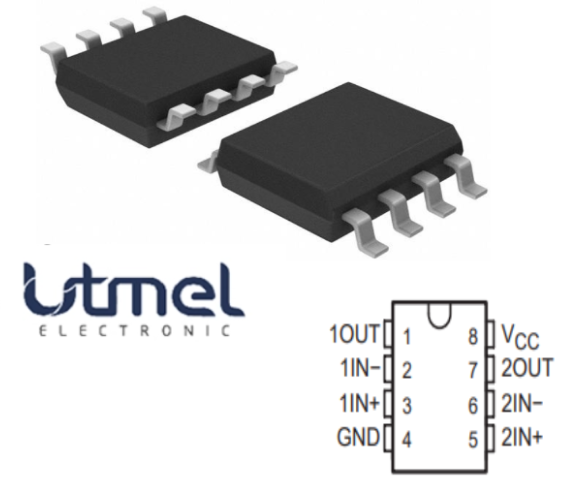
LM393DR CAD Model
Symbol
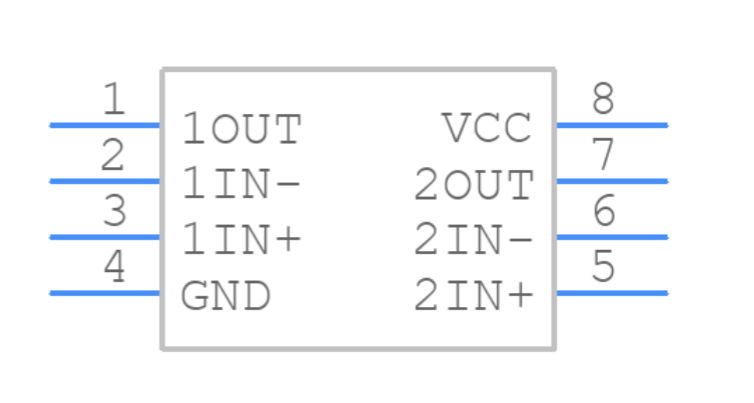
Footprint
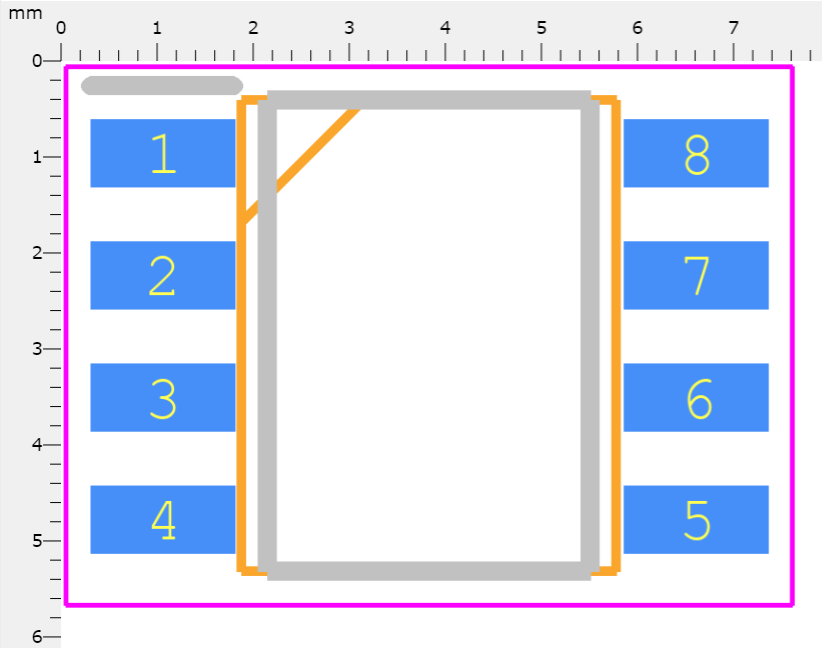
3D Model

LM393DR Features
• NEW LM393B and LM2903B
• Improved specifications of B-version
– Maximum rating: up to 38 V
– ESD rating (HBM): 2k V
– Low input offset: 0.37 mV
– Low input bias current: 3.5 nA
– Low supply-current: 200 µA per comparator
– Faster response time of 1 µsec
– Extended temperature range for LM393B
– Available in tiny 2 x 2mm WSON package
• B-version is drop-in replacement for LM293, LM393 and LM2903, A and V versions
• Common-mode input voltage range includes ground
• Differential input voltage range equal to maximum rated supply voltage: ±38 V
• Low output saturation voltage
• Output compatible with TTL, MOS, and CMOS
LM393DR Functional Block Diagram
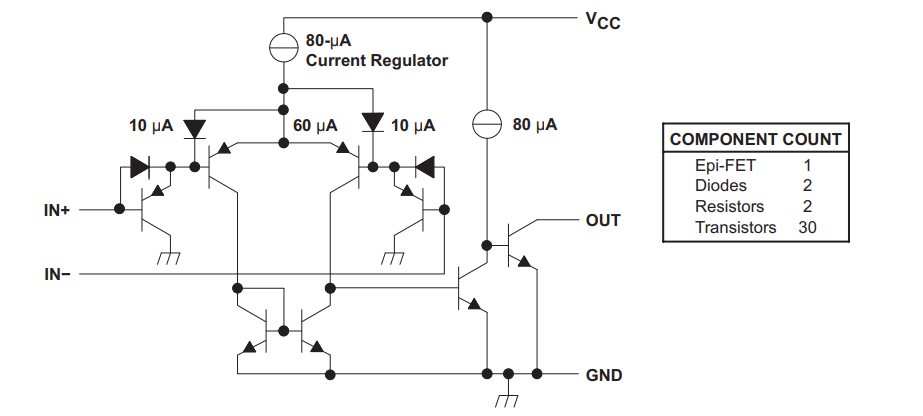
LM393DR Equivalents
| Part Number | Description | Manufacturer |
| LM393NAMPLIFIER CIRCUITS | IC DUAL COMPARATOR, 9000 uV OFFSET-MAX, 1300 ns RESPONSE TIME, PDIP8, PLASTIC, DIP-8, Comparator | National Semiconductor Corporation |
| LM393DRG3AMPLIFIER CIRCUITS | Dual differential comparator, commercial grade 8-SOIC 0 to 70 | Texas Instruments |
| LM393DR2AMPLIFIER CIRCUITS | IC,VOLT COMPARATOR,DUAL,BIPOLAR,SOP,8PIN,PLASTIC | Freescale Semiconductor |
| LM293MAMPLIFIER CIRCUITS | Comparator, 2 Func, 9000uV Offset-Max, 1400ns Response Time, BIPolar, PDSO8, SOP-8 | Fairchild Semiconductor Corporation |
| LM393DTAMPLIFIER CIRCUITS | Low power dual voltage comparator | STMicroelectronics |
| LM393DAMPLIFIER CIRCUITS | Dual differential comparator, commercial grade 8-SOIC 0 to 70 | Texas Instruments |
| LM393DGAMPLIFIER CIRCUITS | Comparator, Dual, Low Offset Voltage, SOIC-8 Narrow Body, 98-TUBE | onsemi |
| LM393M/NOPBAMPLIFIER CIRCUITS | Low Power Low Offset Voltage Dual Comparator 8-SOIC 0 to 70 | Texas Instruments |
| LM393MX_NLAMPLIFIER CIRCUITS | Comparator, 2 Func, 9000uV Offset-Max, 1400ns Response Time, BIPolar, PDSO8, SOP-8 | Fairchild Semiconductor Corporation |
| LM393N_NLAMPLIFIER CIRCUITS | Comparator, 2 Func, 9000uV Offset-Max, 1400ns Response Time, BIPolar, PDIP8, LEAD FREE, DIP-8 | Fairchild Semiconductor Corporation |
Specifications
- TypeParameter
- Lifecycle Status
Lifecycle Status refers to the current stage of an electronic component in its product life cycle, indicating whether it is active, obsolete, or transitioning between these states. An active status means the component is in production and available for purchase. An obsolete status indicates that the component is no longer being manufactured or supported, and manufacturers typically provide a limited time frame for support. Understanding the lifecycle status is crucial for design engineers to ensure continuity and reliability in their projects.
ACTIVE (Last Updated: 5 days ago) - Factory Lead Time6 Weeks
- Contact Plating
Contact plating (finish) provides corrosion protection for base metals and optimizes the mechanical and electrical properties of the contact interfaces.
Tin - Mount
In electronic components, the term "Mount" typically refers to the method or process of physically attaching or fixing a component onto a circuit board or other electronic device. This can involve soldering, adhesive bonding, or other techniques to secure the component in place. The mounting process is crucial for ensuring proper electrical connections and mechanical stability within the electronic system. Different components may have specific mounting requirements based on their size, shape, and function, and manufacturers provide guidelines for proper mounting procedures to ensure optimal performance and reliability of the electronic device.
Surface Mount - Mounting Type
The "Mounting Type" in electronic components refers to the method used to attach or connect a component to a circuit board or other substrate, such as through-hole, surface-mount, or panel mount.
Surface Mount - Package / Case
refers to the protective housing that encases an electronic component, providing mechanical support, electrical connections, and thermal management.
8-SOIC (0.154, 3.90mm Width) - Number of Pins8
- Weight72.603129mg
- Operating Temperature
The operating temperature is the range of ambient temperature within which a power supply, or any other electrical equipment, operate in. This ranges from a minimum operating temperature, to a peak or maximum operating temperature, outside which, the power supply may fail.
0°C~70°C - Packaging
Semiconductor package is a carrier / shell used to contain and cover one or more semiconductor components or integrated circuits. The material of the shell can be metal, plastic, glass or ceramic.
Tape & Reel (TR) - JESD-609 Code
The "JESD-609 Code" in electronic components refers to a standardized marking code that indicates the lead-free solder composition and finish of electronic components for compliance with environmental regulations.
e3 - Pbfree Code
The "Pbfree Code" parameter in electronic components refers to the code or marking used to indicate that the component is lead-free. Lead (Pb) is a toxic substance that has been widely used in electronic components for many years, but due to environmental concerns, there has been a shift towards lead-free alternatives. The Pbfree Code helps manufacturers and users easily identify components that do not contain lead, ensuring compliance with regulations and promoting environmentally friendly practices. It is important to pay attention to the Pbfree Code when selecting electronic components to ensure they meet the necessary requirements for lead-free applications.
yes - Part Status
Parts can have many statuses as they progress through the configuration, analysis, review, and approval stages.
Active - Moisture Sensitivity Level (MSL)
Moisture Sensitivity Level (MSL) is a standardized rating that indicates the susceptibility of electronic components, particularly semiconductors, to moisture-induced damage during storage and the soldering process, defining the allowable exposure time to ambient conditions before they require special handling or baking to prevent failures
1 (Unlimited) - Number of Terminations8
- ECCN Code
An ECCN (Export Control Classification Number) is an alphanumeric code used by the U.S. Bureau of Industry and Security to identify and categorize electronic components and other dual-use items that may require an export license based on their technical characteristics and potential for military use.
EAR99 - TypeDifferential
- Packing Method
The packing method in electronic components refers to the technique used to package and protect the component during shipping and handling. It encompasses various forms including tape and reel, tray, tube, or bulk packaging, each suited for different types of components and manufacturing processes. The choice of packing method can affect the ease of handling, storage, and the efficiency of assembly in automated processes. Additionally, it plays a crucial role in ensuring the reliability and integrity of the components until they are used in electronic devices.
TR - Terminal Position
In electronic components, the term "Terminal Position" refers to the physical location of the connection points on the component where external electrical connections can be made. These connection points, known as terminals, are typically used to attach wires, leads, or other components to the main body of the electronic component. The terminal position is important for ensuring proper connectivity and functionality of the component within a circuit. It is often specified in technical datasheets or component specifications to help designers and engineers understand how to properly integrate the component into their circuit designs.
DUAL - Terminal Form
Occurring at or forming the end of a series, succession, or the like; closing; concluding.
GULL WING - Peak Reflow Temperature (Cel)
Peak Reflow Temperature (Cel) is a parameter that specifies the maximum temperature at which an electronic component can be exposed during the reflow soldering process. Reflow soldering is a common method used to attach electronic components to a circuit board. The Peak Reflow Temperature is crucial because it ensures that the component is not damaged or degraded during the soldering process. Exceeding the specified Peak Reflow Temperature can lead to issues such as component failure, reduced performance, or even permanent damage to the component. It is important for manufacturers and assemblers to adhere to the recommended Peak Reflow Temperature to ensure the reliability and functionality of the electronic components.
260 - Number of Functions2
- Supply Voltage
Supply voltage refers to the electrical potential difference provided to an electronic component or circuit. It is crucial for the proper operation of devices, as it powers their functions and determines performance characteristics. The supply voltage must be within specified limits to ensure reliability and prevent damage to components. Different electronic devices have specific supply voltage requirements, which can vary widely depending on their design and intended application.
5V - Base Part Number
The "Base Part Number" (BPN) in electronic components serves a similar purpose to the "Base Product Number." It refers to the primary identifier for a component that captures the essential characteristics shared by a group of similar components. The BPN provides a fundamental way to reference a family or series of components without specifying all the variations and specific details.
LM393 - Pin Count
a count of all of the component leads (or pins)
8 - Output Type
The "Output Type" parameter in electronic components refers to the type of signal or data that is produced by the component as an output. This parameter specifies the nature of the output signal, such as analog or digital, and can also include details about the voltage levels, current levels, frequency, and other characteristics of the output signal. Understanding the output type of a component is crucial for ensuring compatibility with other components in a circuit or system, as well as for determining how the output signal can be utilized or processed further. In summary, the output type parameter provides essential information about the nature of the signal that is generated by the electronic component as its output.
CMOS, MOS, Open-Drain, TTL - Operating Supply Voltage
The voltage level by which an electrical system is designated and to which certain operating characteristics of the system are related.
28V - Power Supplies
an electronic circuit that converts the voltage of an alternating current (AC) into a direct current (DC) voltage.?
5/30V - Number of Circuits2
- Nominal Supply Current
Nominal current is the same as the rated current. It is the current drawn by the motor while delivering rated mechanical output at its shaft.
1mA - Output Current
The rated output current is the maximum load current that a power supply can provide at a specified ambient temperature. A power supply can never provide more current that it's rated output current unless there is a fault, such as short circuit at the load.
20mA - Max Supply Current
Max Supply Current refers to the maximum amount of electrical current that a component can draw from its power supply under normal operating conditions. It is a critical parameter that ensures the component operates reliably without exceeding its thermal limits or damaging internal circuitry. Exceeding this current can lead to overheating, performance degradation, or failure of the component. Understanding this parameter is essential for designing circuits that provide adequate power while avoiding overload situations.
500μA - Quiescent Current
The quiescent current is defined as the current level in the amplifier when it is producing an output of zero.
2.5mA - Response Time
the time taken for a circuit or measuring device, when subjected to a change in input signal, to change its state by a specified fraction of its total response to that change.
1.3 μs - Voltage - Supply, Single/Dual (±)
The parameter "Voltage - Supply, Single/Dual (±)" in electronic components refers to the power supply voltage required for the proper operation of the component. This parameter indicates whether the component requires a single power supply voltage (e.g., 5V) or a dual power supply voltage (e.g., ±15V). For components that require a single power supply voltage, only one voltage level is needed for operation. On the other hand, components that require a dual power supply voltage need both positive and negative voltage levels to function correctly.Understanding the voltage supply requirements of electronic components is crucial for designing and integrating them into circuits to ensure proper functionality and prevent damage due to incorrect voltage levels.
2V~36V ±1V~18V - Output Current per Channel
Output Current per Channel is a specification commonly found in electronic components such as amplifiers, audio interfaces, and power supplies. It refers to the maximum amount of electrical current that can be delivered by each individual output channel of the component. This parameter is important because it determines the capacity of the component to drive connected devices or loads. A higher output current per channel means the component can deliver more power to connected devices, while a lower output current may limit the performance or functionality of the component in certain applications. It is crucial to consider the output current per channel when selecting electronic components to ensure they can meet the power requirements of the intended system or setup.
6mA - Input Offset Voltage (Vos)
Input Offset Voltage (Vos) is a key parameter in electronic components, particularly in operational amplifiers. It refers to the voltage difference that must be applied between the two input terminals of the amplifier to nullify the output voltage when the input terminals are shorted together. In simpler terms, it represents the voltage required to bring the output of the amplifier to zero when there is no input signal present. Vos is an important parameter as it can introduce errors in the output signal of the amplifier, especially in precision applications where accuracy is crucial. Minimizing Vos is essential to ensure the amplifier operates with high precision and accuracy.
5mV - Voltage Gain
Voltage gain is a measure of how much an electronic component or circuit amplifies an input voltage signal to produce an output voltage signal. It is typically expressed as a ratio or in decibels (dB). A higher voltage gain indicates a greater amplification of the input signal. Voltage gain is an important parameter in amplifiers, where it determines the level of amplification provided by the circuit. It is calculated by dividing the output voltage by the input voltage and is a key factor in determining the overall performance and functionality of electronic devices.
106.02dB - Average Bias Current-Max (IIB)
The parameter "Average Bias Current-Max (IIB)" in electronic components refers to the maximum average bias current that the component can handle without exceeding its specified operating limits. Bias current is the current that flows through a component when it is in its quiescent state or when it is not actively processing a signal. Exceeding the maximum average bias current can lead to overheating, reduced performance, or even damage to the component. Therefore, it is important to ensure that the bias current does not exceed the specified maximum value to maintain the reliability and longevity of the electronic component.
0.05μA - Supply Voltage Limit-Max
The parameter "Supply Voltage Limit-Max" in electronic components refers to the maximum voltage that the component can safely handle without getting damaged. This specification is crucial for ensuring the reliable operation and longevity of the component within a given electrical system. Exceeding the maximum supply voltage limit can lead to overheating, electrical breakdown, or permanent damage to the component. It is important to carefully adhere to this limit when designing and operating electronic circuits to prevent potential failures and ensure the overall system's performance and safety.
36V - Max Input Current
Max Input Current is a parameter that specifies the maximum amount of electrical current that can safely flow into an electronic component without causing damage. It is an important consideration when designing or using electronic circuits to ensure that the component operates within its specified limits. Exceeding the maximum input current can lead to overheating, component failure, or even pose safety risks. Manufacturers provide this parameter in datasheets to help engineers and users understand the limitations of the component and ensure proper operation within the specified parameters.
250nA - Dual Supply Voltage
Dual Supply Voltage refers to an electronic component's requirement for two separate power supply voltages, typically one positive and one negative. This configuration is commonly used in operational amplifiers, analog circuits, and certain digital devices to allow for greater signal handling capabilities and improved performance. The use of dual supply voltages enables the device to process bipolar signals, thereby enhancing its functionality in various applications.
9V - Input Bias Current
Input Bias Current refers to the small amount of current that flows into the input terminals of an electronic component, such as an operational amplifier. It is primarily caused by the input impedance of the device and the characteristics of the transistors within it. This current is crucial in determining the accuracy of the analog signal processing, as it can affect the level of voltage offset and signal integrity in the application. In many precise applications, minimizing input bias current is essential to achieve optimal performance.
250nA - Voltage - Input Offset (Max)
Voltage - Input Offset (Max) is a parameter that refers to the maximum allowable difference in input voltage between two input terminals of an electronic component, such as an operational amplifier, before the output voltage deviates from the expected value. This parameter is crucial in precision applications where accurate voltage amplification or signal processing is required. A higher value for the input offset voltage indicates a greater potential for error in the output signal, so minimizing this parameter is important for maintaining the accuracy and reliability of the component's performance. Designers often take this parameter into consideration when selecting components for circuits that require precise voltage control and signal processing.
5mV @ 30V - Current - Input Bias (Max)
The parameter "Current - Input Bias (Max)" in electronic components refers to the maximum amount of input bias current that can flow into the input terminal of the component without causing any adverse effects on its performance. Input bias current is the small amount of current that flows into the input terminal of an electronic component, such as an operational amplifier, transistor, or integrated circuit, even when no input signal is applied. This parameter is important because excessive input bias current can lead to errors in the output signal and affect the overall performance of the component. Manufacturers specify a maximum value for input bias current to ensure proper operation and reliability of the component in various applications. It is crucial for designers and engineers to consider this parameter when selecting components for their circuits to ensure optimal performance and functionality.
0.25μA @ 5V - Height1.75mm
- Length4.9mm
- Width3.91mm
- Thickness
Thickness in electronic components refers to the measurement of how thick a particular material or layer is within the component structure. It can pertain to various aspects, such as the thickness of a substrate, a dielectric layer, or conductive traces. This parameter is crucial as it impacts the electrical, mechanical, and thermal properties of the component, influencing its performance and reliability in electronic circuits.
1.58mm - REACH SVHC
The parameter "REACH SVHC" in electronic components refers to the compliance with the Registration, Evaluation, Authorization, and Restriction of Chemicals (REACH) regulation regarding Substances of Very High Concern (SVHC). SVHCs are substances that may have serious effects on human health or the environment, and their use is regulated under REACH to ensure their safe handling and minimize their impact.Manufacturers of electronic components need to declare if their products contain any SVHCs above a certain threshold concentration and provide information on the safe use of these substances. This information allows customers to make informed decisions about the potential risks associated with using the components and take appropriate measures to mitigate any hazards.Ensuring compliance with REACH SVHC requirements is essential for electronics manufacturers to meet regulatory standards, protect human health and the environment, and maintain transparency in their supply chain. It also demonstrates a commitment to sustainability and responsible manufacturing practices in the electronics industry.
No SVHC - Radiation Hardening
Radiation hardening is the process of making electronic components and circuits resistant to damage or malfunction caused by high levels of ionizing radiation, especially for environments in outer space (especially beyond the low Earth orbit), around nuclear reactors and particle accelerators, or during nuclear accidents or nuclear warfare.
No - RoHS Status
RoHS means “Restriction of Certain Hazardous Substances” in the “Hazardous Substances Directive” in electrical and electronic equipment.
ROHS3 Compliant - Lead Free
Lead Free is a term used to describe electronic components that do not contain lead as part of their composition. Lead is a toxic material that can have harmful effects on human health and the environment, so the electronics industry has been moving towards lead-free components to reduce these risks. Lead-free components are typically made using alternative materials such as silver, copper, and tin. Manufacturers must comply with regulations such as the Restriction of Hazardous Substances (RoHS) directive to ensure that their products are lead-free and environmentally friendly.
Lead Free
LM393DR Applications
• Vacuum robot
• Single phase UPS
• Server PSU
• Cordless power tool
• Wireless infrastructure
• Applicances
• Building automation
• Factory automation & control
• Motor drives
• Infotainment & cluster
LM393DR Typical Application Circuit

LM393DR Typical Application Circuit
LM393DR Package

LM393DR Manufacturer
Texas Instruments Incorporated (TI) is an American technology company based in Dallas, Texas, that designs and manufactures semiconductors and various integrated circuits, which it sells to electronics designers and manufacturers globally. It is one of the top 10 semiconductor companies worldwide based on sales volume. The company's focus is on developing analog chips and embedded processors, which account for more than 80% of its revenue. TI also produces TI digital light processing technology and education technology products including calculators, micro-controllers, and multi-core processors. The company boasts 45,000 patents around the globe as of 2016.
Trend Analysis
Parts with Similar Specs
- ImagePart NumberManufacturerPackage / CaseNumber of PinsInput Offset Voltage (Vos)Supply VoltageVoltage GainPbfree CodeCurrent - Input Bias (Max)Dual Supply VoltageView Compare
LM393DR
8-SOIC (0.154, 3.90mm Width)
8
5 mV
5 V
106.02 dB
yes
0.25μA @ 5V
9 V
8-SOIC (0.154, 3.90mm Width)
8
5 mV
5 V
106.02 dB
yes
0.25μA @ 5V
9 V
8-SOIC (0.154, 3.90mm Width)
8
2 mV
5 V
106.02 dB
yes
0.25μA @ 5V
9 V
8-SOIC (0.154, 3.90mm Width)
8
5 mV
5 V
106.02 dB
yes
0.25μA @ 5V
9 V
8-SOIC (0.154, 3.90mm Width)
8
5 mV
5 V
106.02 dB
yes
0.25μA @ 5V
9 V
Datasheet PDF
- PCN Design/Specification :
- Datasheets :
LM393DR-Texas-Instruments-datasheet-32749794.pdf
LM393DR-Texas-Instruments-datasheet-14143236.pdf
LM393DR-Texas-Instruments-datasheet-65569680.pdf
LM393DR-Texas-Instruments-datasheet-44367903.pdf
LM393DR-Texas-Instruments-datasheet-8201540.pdf
LM393DR-Texas-Instruments-datasheet-149842.pdf
LM393DR-Texas-Instruments-datasheet-7484.pdf
LM393DR-Texas-Instruments-datasheet-113878.pdf
- PCN Assembly/Origin :
What is LM393DR?
On the supply pin, LM393DR can operate at an absolute maximum of 36 V (38 V for the "B" variant). Across a wide range of applications, this device has demonstrated its ubiquity and versatility. This is due to the devices' wide supply voltage range, low Iq, and quick reaction.
What is the recommended operating temperature of the component?
0°C~70°C.
What is the package of the device?
8-SOIC (0.154, 3.90mm Width).
What is the component’s number of pins?
8.
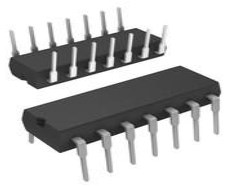 LM556 Dual Timer : Circuit, Application and Datasheet
LM556 Dual Timer : Circuit, Application and Datasheet09 July 20213320
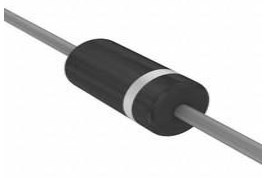 P6KE33A TVS Diodes: System, Pinout, and Datasheet
P6KE33A TVS Diodes: System, Pinout, and Datasheet20 April 20221828
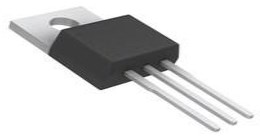 LM7912 Negative Regulators: Diagram, Pinout and Datasheet
LM7912 Negative Regulators: Diagram, Pinout and Datasheet02 August 20215351
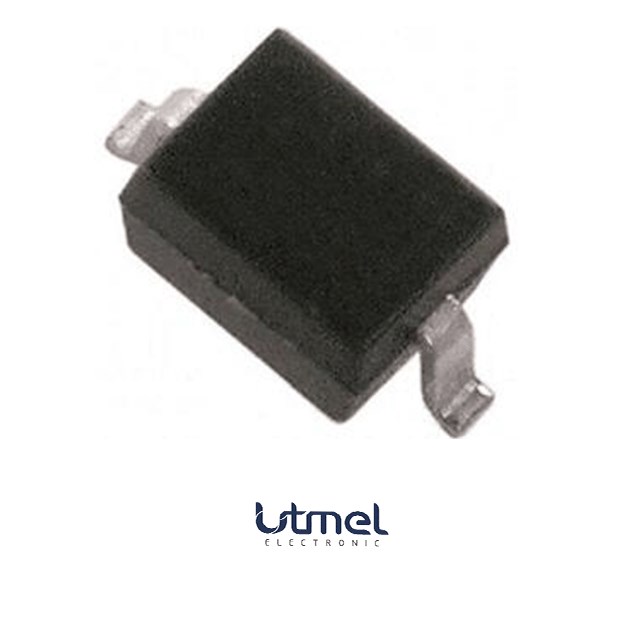 1SS315TPH3F-Schottky diode
1SS315TPH3F-Schottky diode07 March 2022454
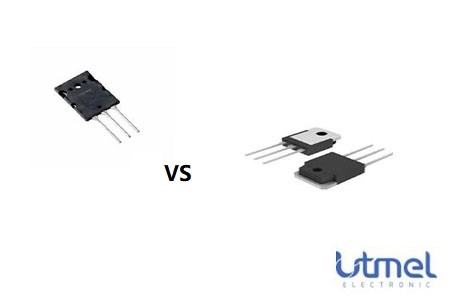 TTA1943 VS. 2SA1943 How to Differentiate?
TTA1943 VS. 2SA1943 How to Differentiate?27 June 20226089
 SST25VF040B 4-Mbit SPI Serial Flash: Pinout, Equivalent and Datasheet
SST25VF040B 4-Mbit SPI Serial Flash: Pinout, Equivalent and Datasheet31 March 2022913
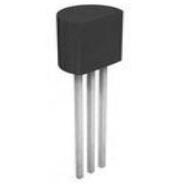 MPSA56 Transistor: MPSA56, Equivalent, Datasheet
MPSA56 Transistor: MPSA56, Equivalent, Datasheet07 January 20228475
 2SK3878 Field Effect Transistor: Equivalent, Datasheet and Diagram
2SK3878 Field Effect Transistor: Equivalent, Datasheet and Diagram24 February 202212248
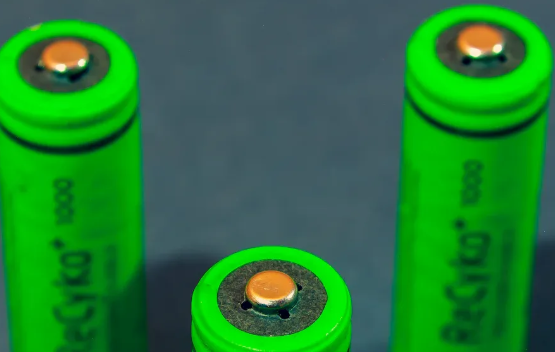 CR1220 Battery User Reviews on Leading Brands
CR1220 Battery User Reviews on Leading Brands21 August 2025750
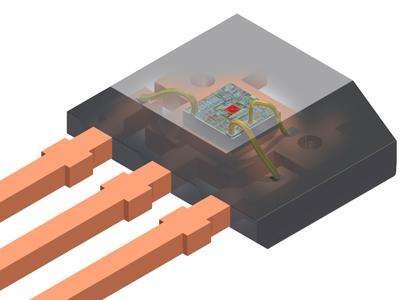 Basic Introduction to Hall Effect Sensors
Basic Introduction to Hall Effect Sensors13 November 20257083
 What is a Transformer: Definition, Principle and Applications
What is a Transformer: Definition, Principle and Applications03 November 20215731
 Utmel Christmas and New Year Carnival
Utmel Christmas and New Year Carnival07 December 20202376
 What is KVM Switch?
What is KVM Switch?05 November 20216206
 Understanding UARTs: The Basics and Benefits of Serial Communication
Understanding UARTs: The Basics and Benefits of Serial Communication06 March 20231508
 Google Co-releases SayCan Model for Bots to Give Sensible Answers
Google Co-releases SayCan Model for Bots to Give Sensible Answers30 August 20221688
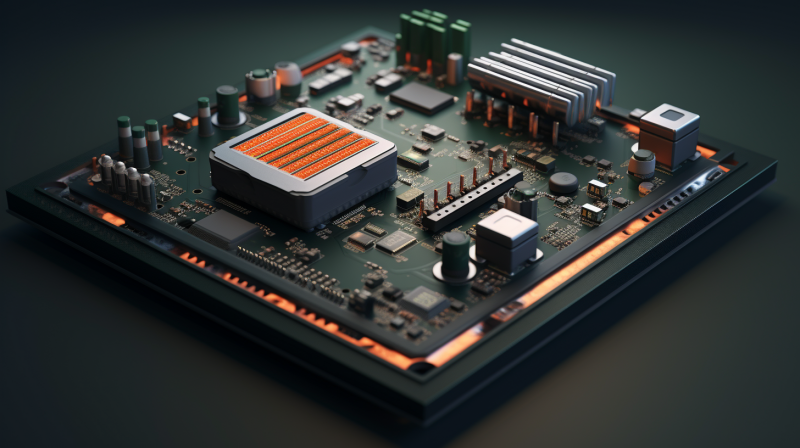 Volkswagen Overhauls Semiconductor Sourcing Strategy Amid Supply Challenges
Volkswagen Overhauls Semiconductor Sourcing Strategy Amid Supply Challenges01 September 20232883
Texas Instruments
In Stock: 6080
Minimum: 1 Multiples: 1
Qty
Unit Price
Ext Price
1
$0.750304
$0.75
10
$0.707834
$7.08
100
$0.667768
$66.78
500
$0.629970
$314.98
1000
$0.594311
$594.31
Not the price you want? Send RFQ Now and we'll contact you ASAP.
Inquire for More Quantity







